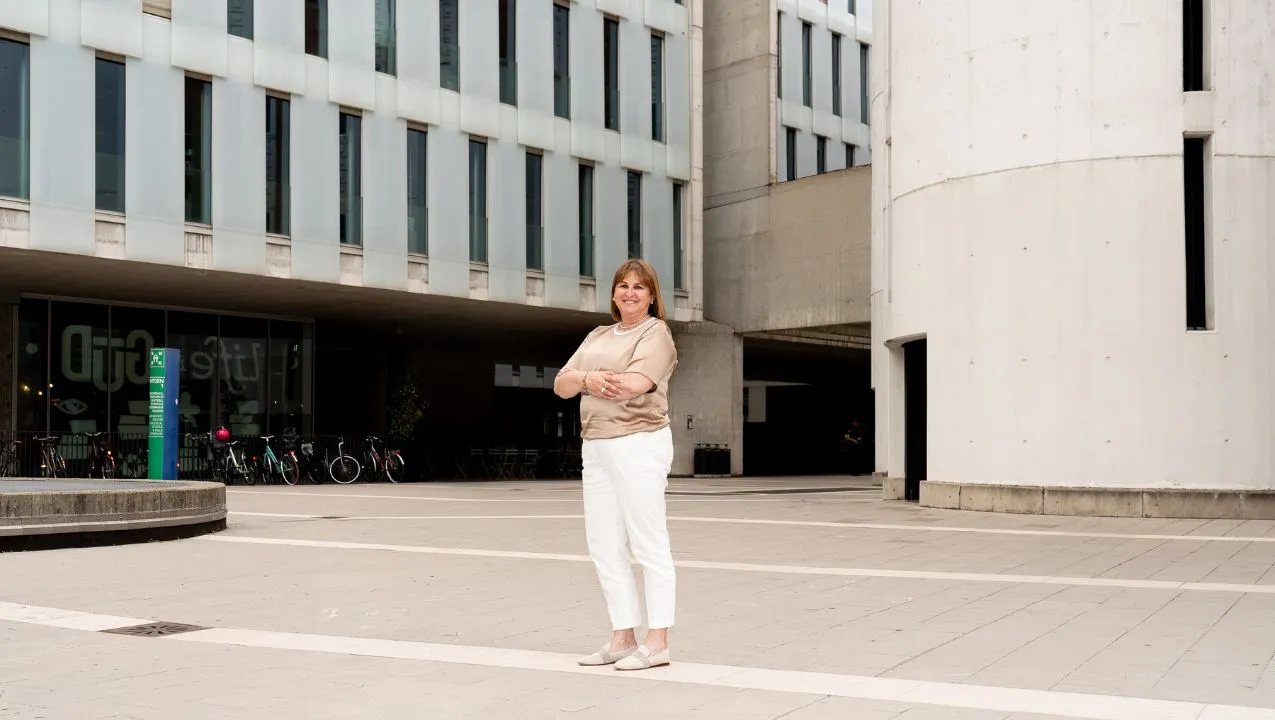
The Market We Don’t See
According to several authoritative estimates, about 20% of the population have some form of disability. In the light of this, its underrepresentation – which often becomes invisibility – in the media, television and movie content, in advertising and in the offer of products and services, is very striking.
In recent years, numerous awareness campaigns have been carried out to reduce ableism and all the forms of discrimination and stigmatization of people with disabilities: associations and social movements have fought for the removal of every form of cultural and physical barrier that prevents the full emancipation of disabled people. Academic publications have empirically demonstrated various contributions that disability can give in terms of competitive advantage, suggesting that it should not be considered simply as a social question but also as an actual corporate asset.
In the UK, it has been estimated that the so-called Purple Pound, i.e. spending power of disabled consumers annually and globally, is over €15 trillion. Among consumers in general, many would welcome greater inclusivity on the part of brands: 80% of people say they appreciate more inclusive imagery in communication, and more than 60% have actively participated in inclusive choices by buying products from inclusive companies or by changing their set of considerations.
And yet… this market potential is still very much unexplored because many companies are unable to be inclusive, and if they are, they are not always able to adequately address consumers, to convince them of the authenticity and sincerity of their strategy. Above all, many companies do not know disabled consumers and have a limited concept of what “ability” means. While on the one hand, they are very willing to involve Paralympic athletes in their campaigns, on the other hand, they do not consider the target of disabled consumers to be profitable.
But what would they discover if they really started to approach them? They would probably have the opportunity to understand the resourcefulness of disabled consumers, their strong attitude to problem solving, their creativity and ability to involve large audiences, to cite the most evident aspects.
A recent ethnographic research study on people who have acquired a physical disability due to a traumatic accident or an illness has provided interesting insights into their rebuilding of personal identities supported by consumption and the sharing of daily practices on social media.
Beyond the intrinsic subjectivity of each individual path, rebuilding one's life following an accident or illness requires going through at least four coping phases during which consumption practices play an important role. In this journey, there are alternating moments that are both physically and psychologically difficult (phase 1, in the immediate aftermath of the trauma, and phase 3, the return home) and others in which one experiences stability due to the achievement of a new equilibrium and the acquisition of awareness of one's own abilities and potential (phase 2, hospitalization and recovery, and phase 4, achievement of a new identity).
If the period that immediately follows the trauma is characterized by strong practical and psychological difficulties, subsequently people demonstrate strong reactive abilities that enable recovery and new forms of daily life, a renewed relationship with their own body and with the physical and social world around them. Not only that, some individuals address market failures to become inventors, and with scant resources they manage to create personalized products, launch new services, offer opportunities for sports and recreational activities.
Every personal conquest and new form of awareness can be shared on social media, becoming a life diary that many people who are not necessarily disabled can draw from. Observing the phases that lead to the reconstruction of a new, full and satisfying self, it is interesting to note how over time individuals are able to refine what in anthropology is defined as disability expertise, that is, the ability to actively reorganize cultural norms, relationships between one's own self and corporality, the environment, and other people. Possessing this ability also means refining the skills needed to interact with people and institutions that often do not have the ability to understand and empathize.